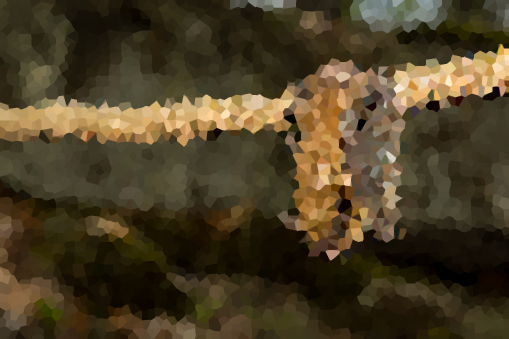Gasp! What’s that?! A pumpkin? How DARE that pumpkin just sit there, looking all innocent in my space! I think it’s time that I, Hudson the lynx, show that pumpkin a thing or two. It’s pouncing time!
Were you impressed by Hudson’s jumping skills?
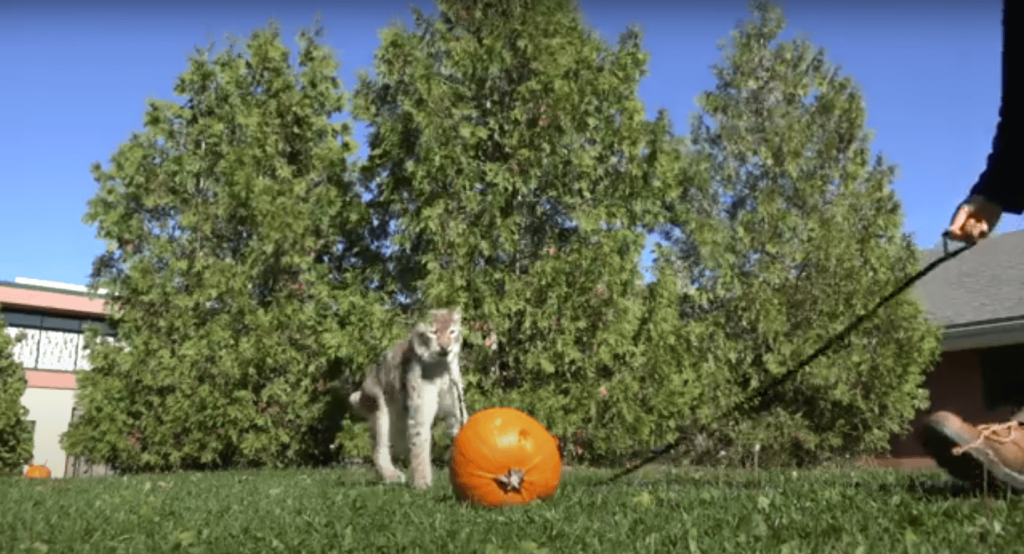
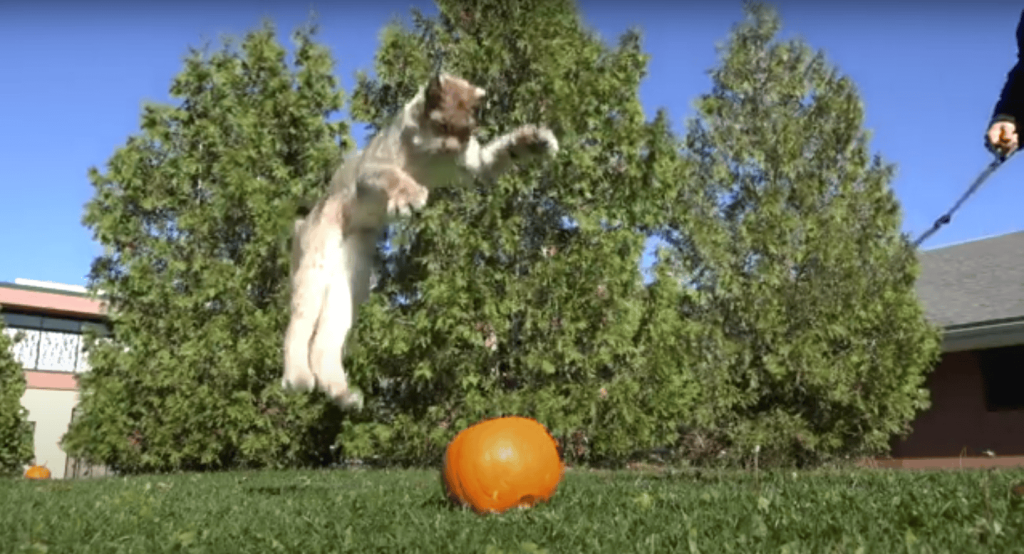
Gasp! What’s that?! A pumpkin? How DARE that pumpkin just sit there, looking all innocent in my space! I think it’s time that I, Hudson the lynx, show that pumpkin a thing or two. It’s pouncing time!
Were you impressed by Hudson’s jumping skills?


Animals across Canada are facing serious threats. The good news? Your child can protect them! Through Earth Rangers’ Bring Back the Wild campaign, your kid can save animals by fundraising for important conservation projects. Join children all across Canada who are pouring lemonade, washing cars, and strutting their stuff in community dance-a-thons–all to keep our country’s wild spaces wild!
Getting involved is easy! Just follow these simple steps to set up your child’s fundraising campaign. Looking for something a little more original than a lemonade stand? We’ve got you covered! Check out our free resources and fun ideas for fundraising!
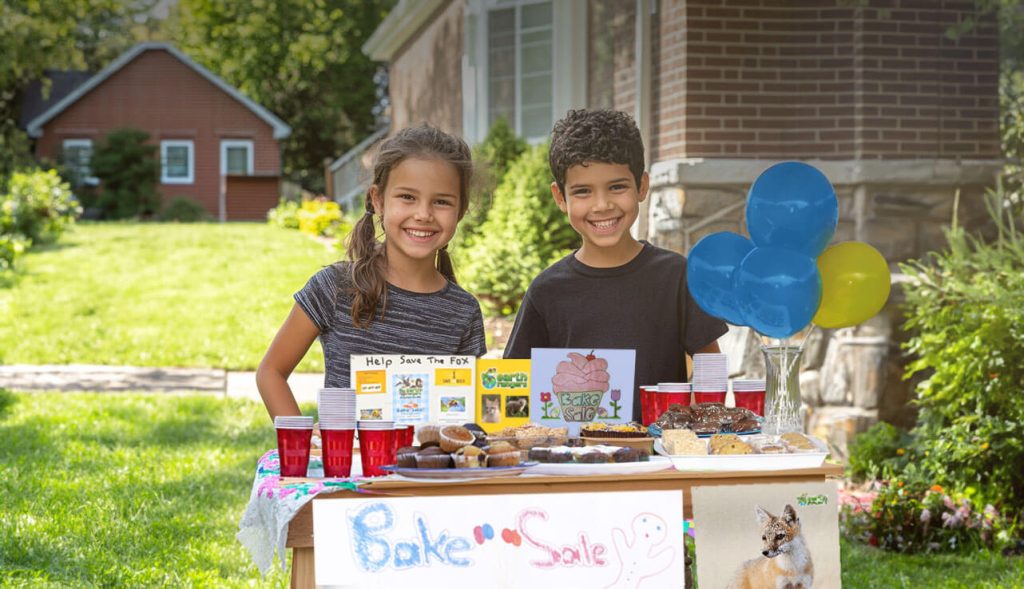
As your child collects donations, they’ll earn amazing rewards! From a personal shout-out on the Earth Rangers Podcast to a virtual meet-and-greet with our Animal Ambassadors, we’ve got plenty of great prizes to celebrate your child’s philanthropy. Check out the full list of rewards!
Your child can choose one of five incredible species to support! Take a look at the full list! From sea turtle hatcheries on Nicaragua’s sandy beaches to cougar dens in a Saskatchewan ecosystem that survived the ice age, each conservation project is a worthy Earth Month cause. Which animal will your child choose?
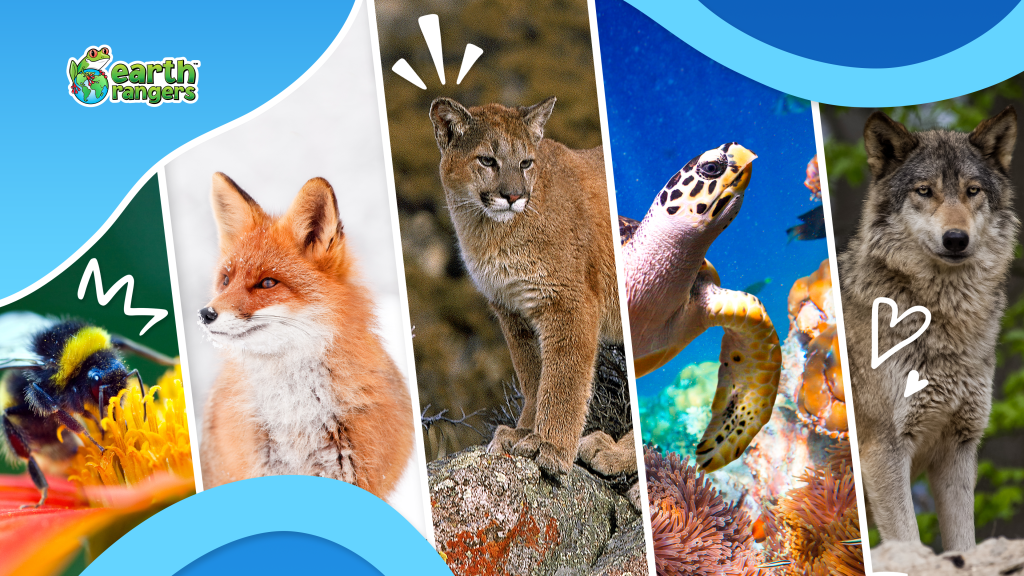
By participating in Bring Back the Wild, your child will develop leadership and entrepreneurship skills that last a lifetime. Plus, they’ll be protecting animals and preserving our wild spaces for generations to come.
Start your fundraising journey today and help your child Bring Back the Wild!
Vultures have an un-feathered part of their face that can turn bright red. This face flushing is an important way for these birds to communicate things like their status in the group, kinda like a colour-coded website update for vultures!
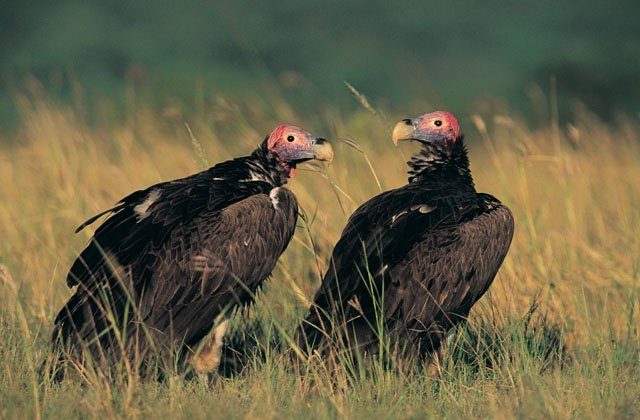
New Challenge alert! Ready to hand it down, hermit crab style? Do the beluga whale wash? Or snack like a rabbit? Look for “Act Like An Animal” in the Challenges section of the Earth Rangers App!

Animals around the world are impacted by climate change. It’s making it harder for them to survive in the wild. In this Challenge, let’s learn a few climate-friendly habits from our animal friends.
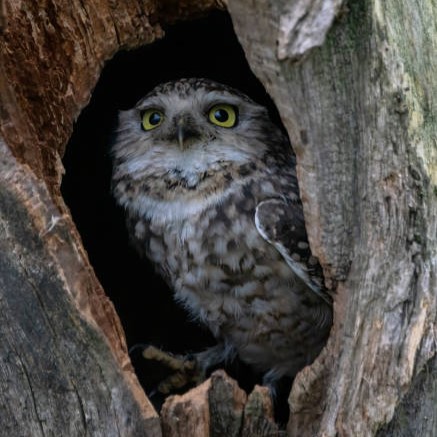
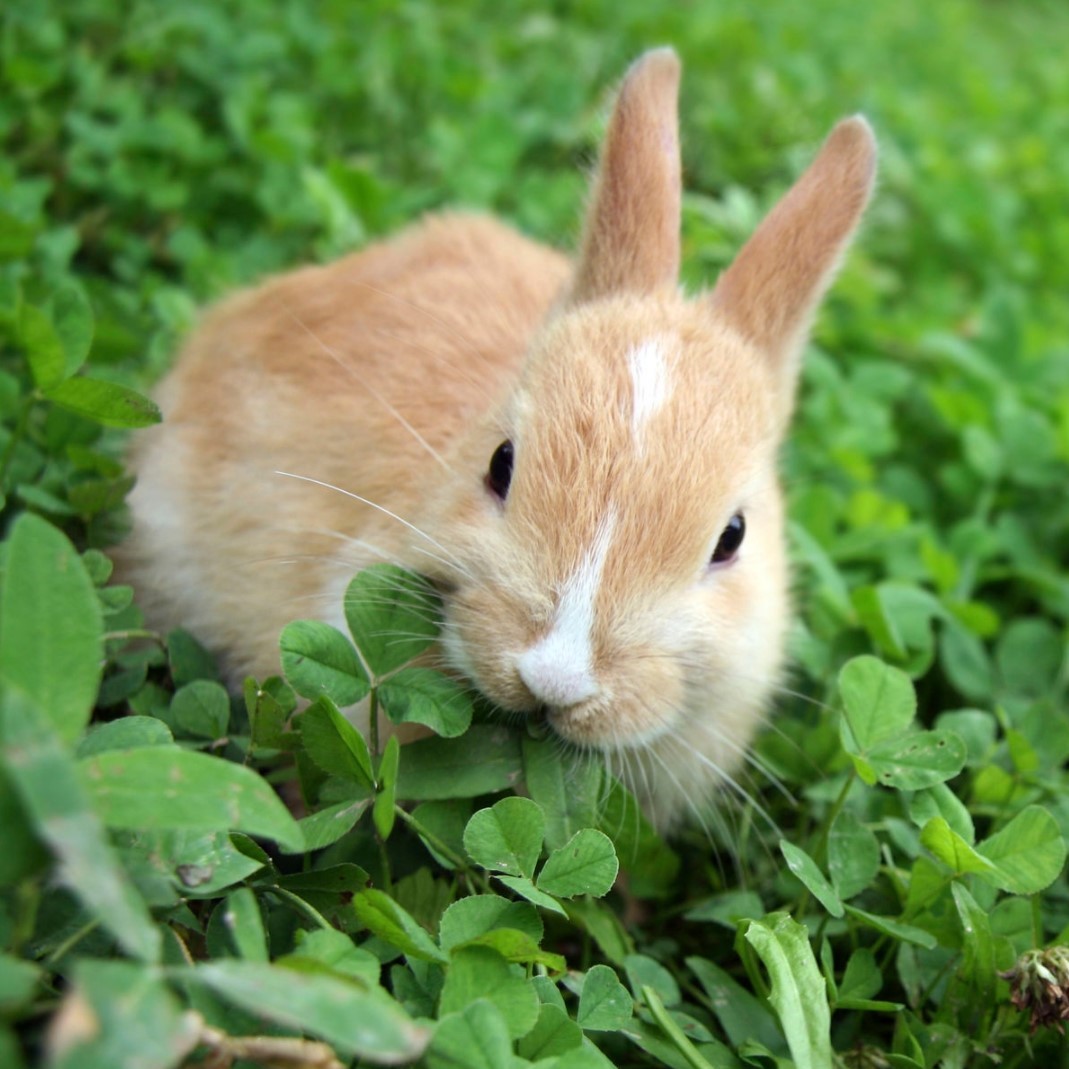

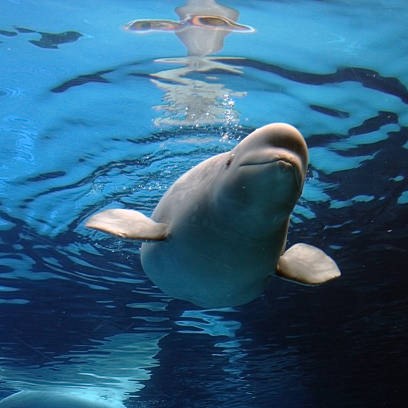
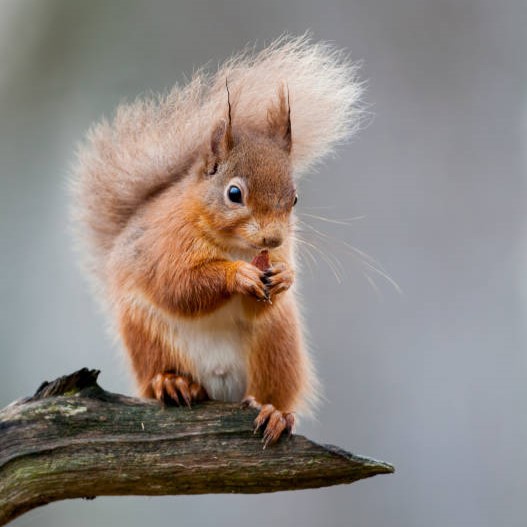
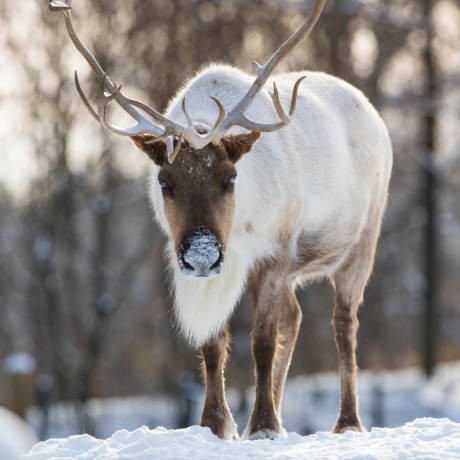
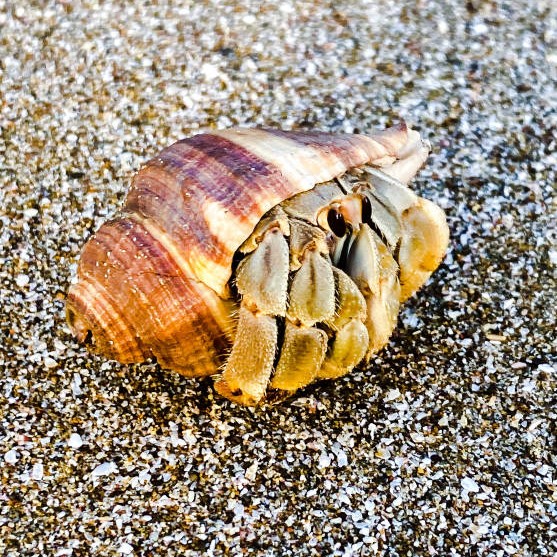
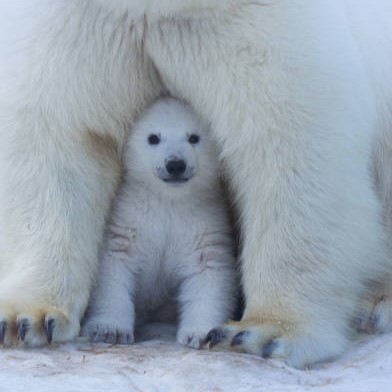
There are lots of things we can do to help slow climate change. We’re challenging you to help us meet our goal of 250,000 climate-friendly habits. Come back every day to log your habits, and unlock some awesome rewards along the way! Can you collect them all?
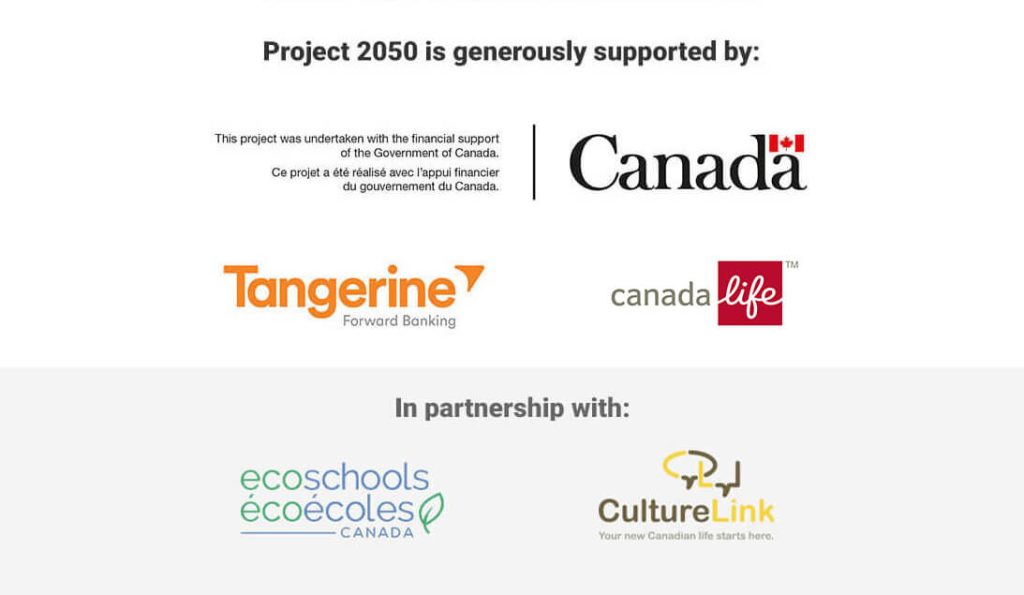
As the season changes from fall to winter check out this list of top ten animals playing, hiding, hunting and loving the snow. You might be inspired to grab your boots and coat and head outside for some fun of your own!
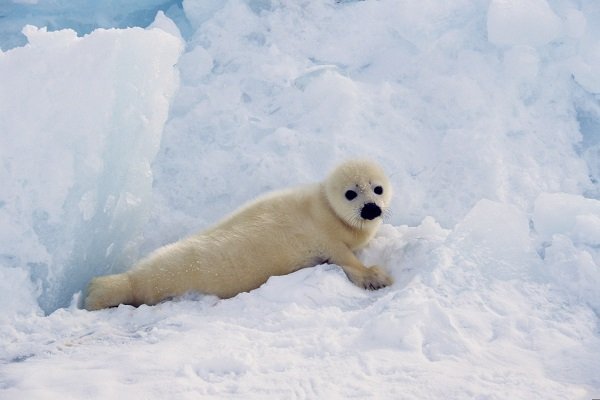
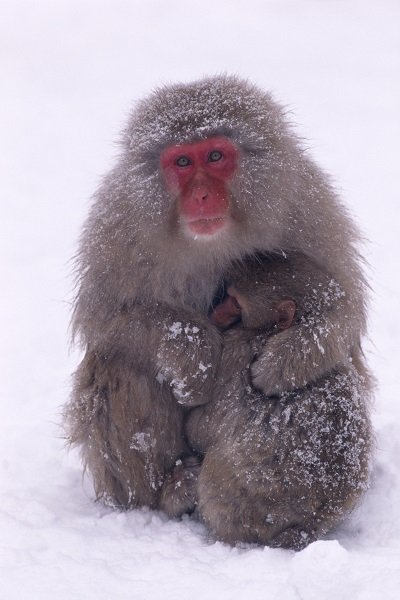
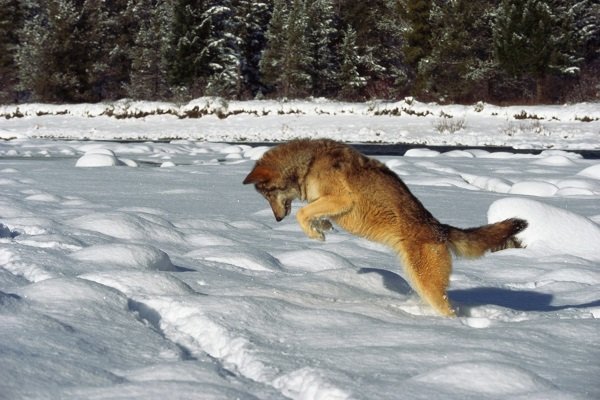
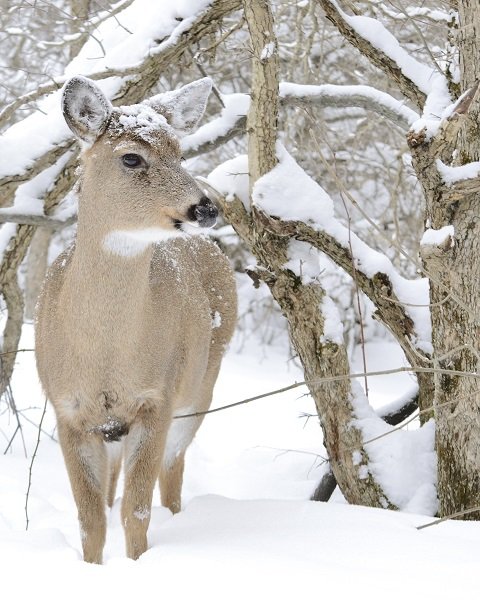
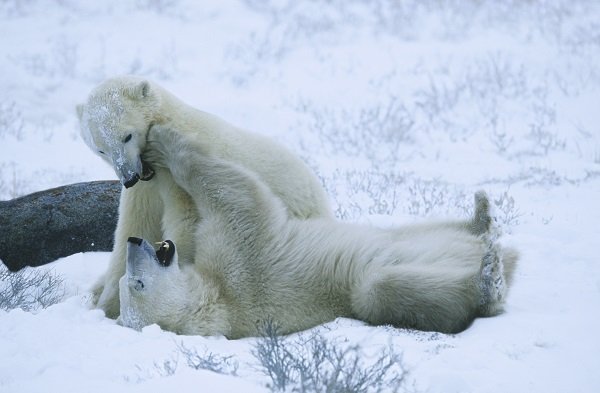
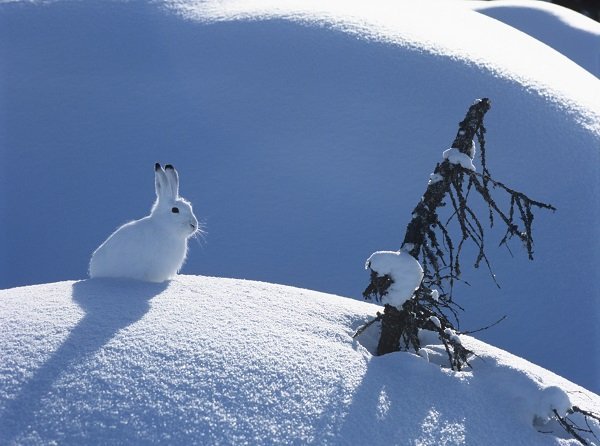
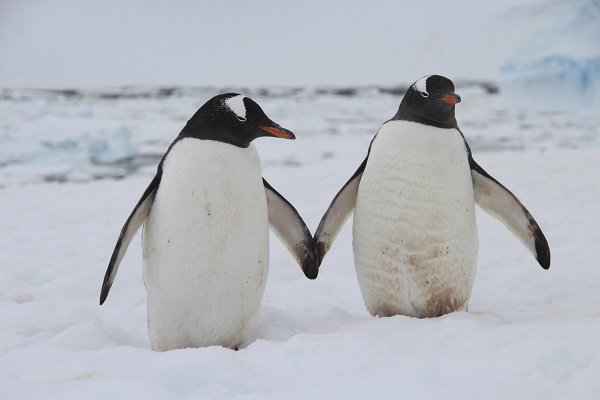
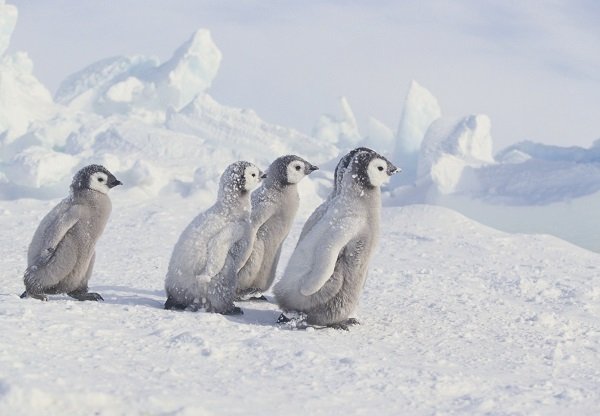
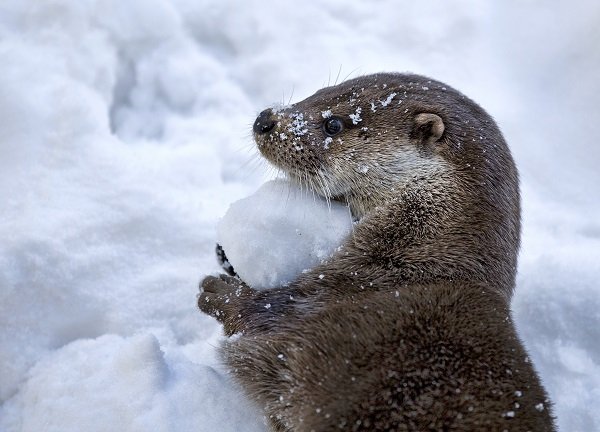
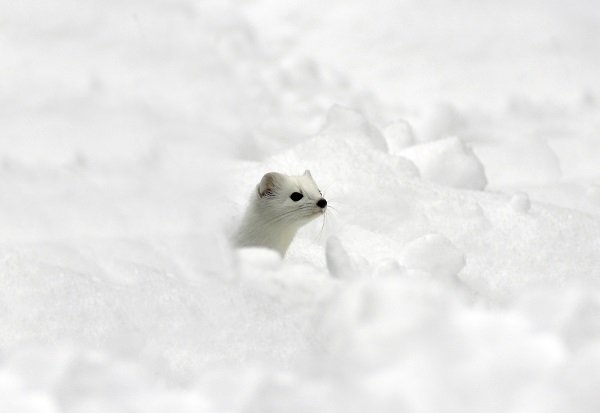
We got tons of great guesses on Part 1 of this Pixel Puzzler and now it’s time for the answer. Are you ready for the great reveal? Find out if you got it right!
The answer to this Pixel Puzzler is (drum roll please) A Bat! How did you do? Tell us in the comments!
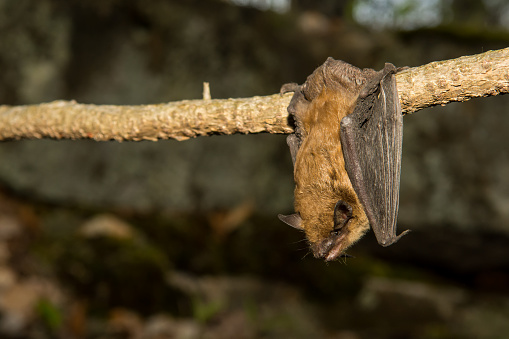
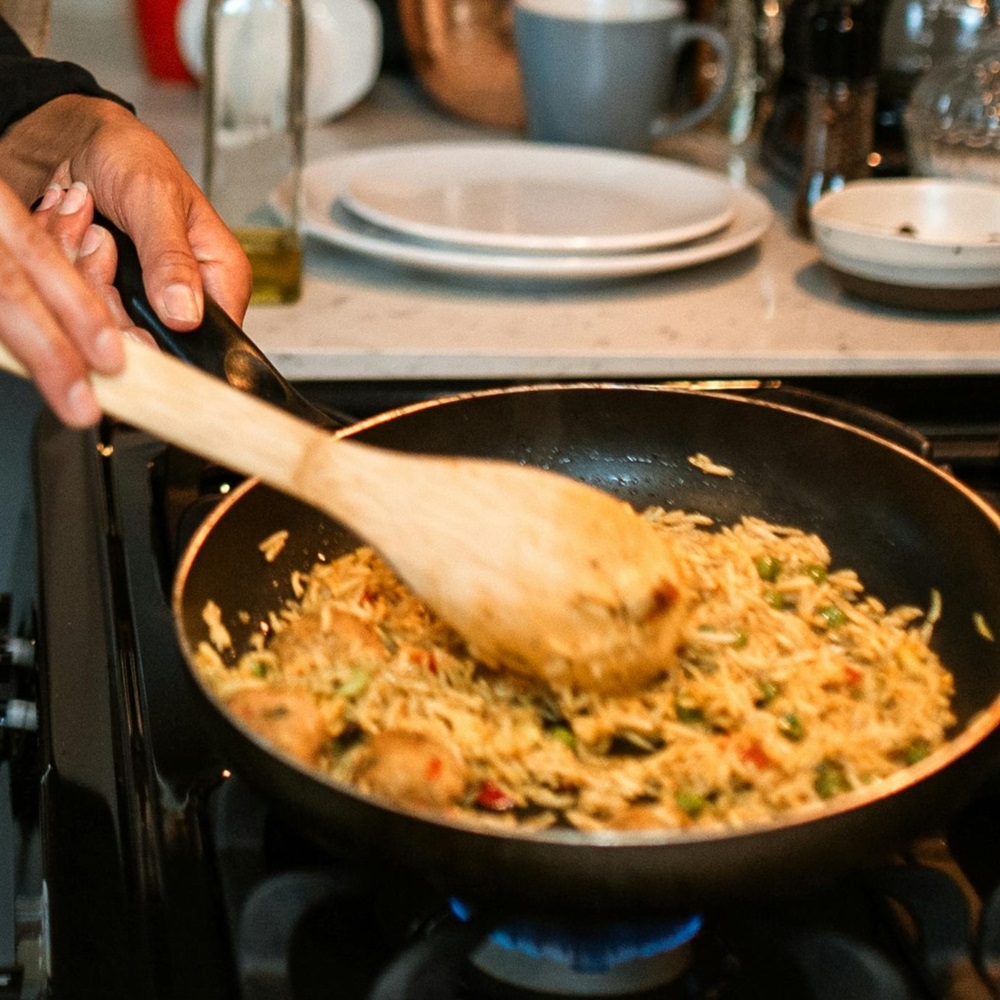
It’s really easy to accidentally let food to go waste – like the grated cheese that’s growing fuzz or lettuce that’s turned into goo at the back of the fridge. But with some planning, we can cut back on the amount of food we waste!
Any good ol’ detective needs their list! Make a list that you will use to track all food that you sometimes throw out instead of eat (one carrot at the back of the fridge, or that bread that gets a little dry).
Decorate your list with paint, pencils, or markers!
Here is an example of a list to get you started! You can also take a screenshot of this example to keep it handy.
Click on the image below to zoom in!
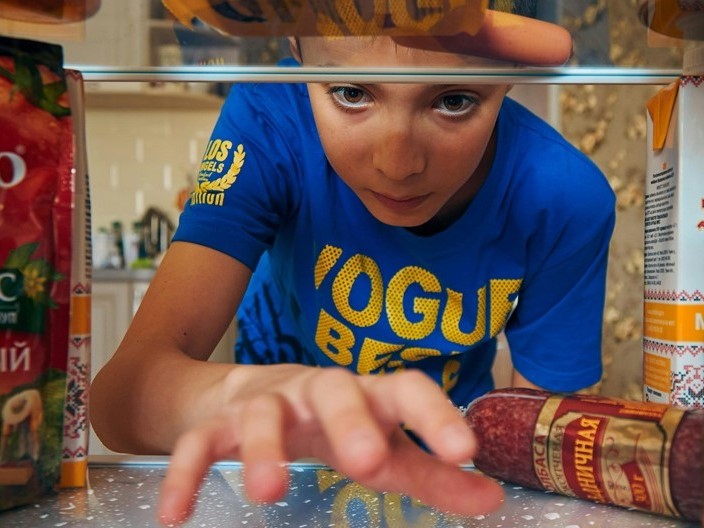
It’s time to grab your detective’s hat! Investigate how and why the family wastes the food you’ve listed.

Look at your list, and think about what recipes you could create to “save” some of this food.
Reuse parts of food that you usually throw away: You can turn potato skins into chips, or make a soup base from the bones of your roasted chicken!
Omelets are a great breakfast hack for this: just toss in what didn’t get eaten the night before! Or homemade pizza with leftover meats and veggies as toppings for dinner!!
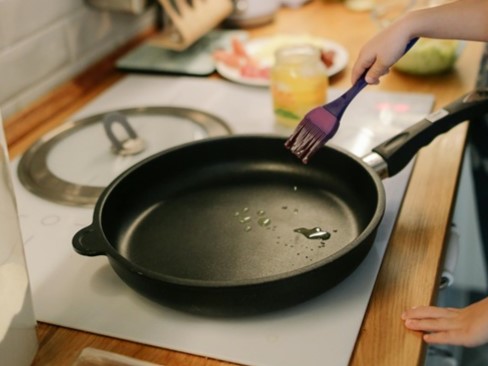
Make a meal out of leftovers! Team up with a grown-up! Hand over your list and ask them to help you save the planet!

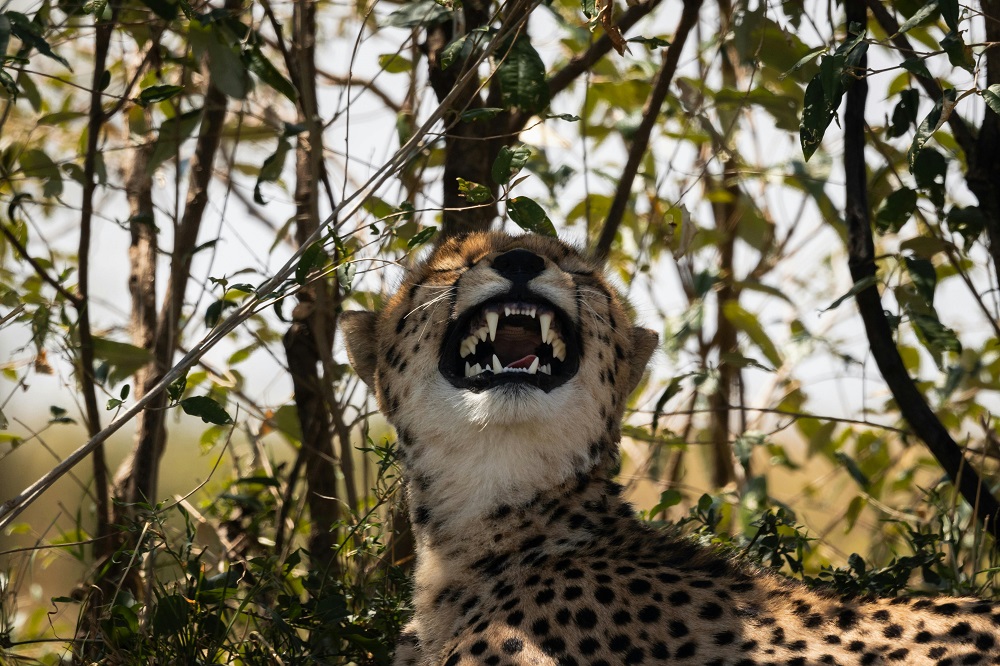
You are spot on!
Let’s put your identification skills to the test! Can you figure out what is hidden in this picture? Make your guess in the comments.
